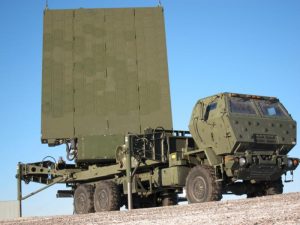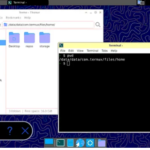
This set of 10 lectures (about 11+ hours in duration) was excerpted from a three-day course developed at MIT Lincoln Laboratory to provide an understanding of radar systems concepts and technologies to military officers and DoD civilians involved in radar systems development, acquisition, and related fields. That three-day program consists of a mixture of lectures, demonstrations, laboratory sessions, and tours.
This set of lectures is presented by Dr. Robert M. O’Donnell, a recently retired member of the senior staff at MIT Lincoln Laboratory, and is designed to instill a basic working knowledge of radar systems.
Description of Lectures
The set of 10 lectures starts with an introductory description of basic radar concepts and terms. The radar equation needed for the basic understanding of radar is then developed, along with several examples of its use in radar system design. Radar propagation issues, such as attenuation, multipath effects and ducting, are described. The concept of radar cross-section, waveform design, antennas, transmitter and receiver characteristics and the detection of radar signals in the presence of noise are presented. Some radars are required to detect small targets in the presence of much larger radar echoes from sea or land “clutter” in the radar’s coverage. The characteristics of this “clutter” are discussed, along with moving target indicator (MTI) and Pulse Doppler techniques for mitigating the negative effects of “clutter.” The course continues with lectures covering target tracking and target parameter estimation. The last lecture discusses radar transmitters and receivers.
List of Lectures
1Introduction
3 Propagation Effects
4 Target Radar Cross Section
5 Detection of Signals in Noise and Pulse Compression
6 Radar Antennas
7 Radar Clutter and Chaff
8 Signal Processing – MTI and Pulse Doppler Techniques
9 Tracking and Parameter Estimation
10 Transmitters and Receivers
youtube playlist is here
Prerequisites
Any person with a college degree should be comfortable understanding the material in this course. A degree in and science or engineering is not required, although the material will be more readily understood if the audience has introductory college-level knowledge of:
- mathematics including the topics of algebra, trigonometry, and logarithms
- basic physics including the topics of electricity and magnetism.
Potential Audience
- University students or recent graduates who are contemplating employment with a corporation which develops radar systems
- Non-technical employees of corporations (such as accountants, lawyers, and other non-engineering personnel) that develop radar systems.
- Patent attorneys who deal with radar patent issues
- Political scientists or others who deal with arms control issues
- Engineers or scientists unfamiliar with the terms and concepts particular to radar systems engineering. These individuals should be able to go through the lectures quite quickly, learning the “vocabulary” of radar, so that they can promptly delve into the technical aspects of radar systems without being confused by new jargon, acronyms, and/or technical terms.
And many others including… perhaps…
- The curious, who want to know how that policeman knew they were traveling 79 miles per hour in a 65 mile per hour zone.






these are for me the best and complete radar video lesson on internet. Clear and with a lot of details